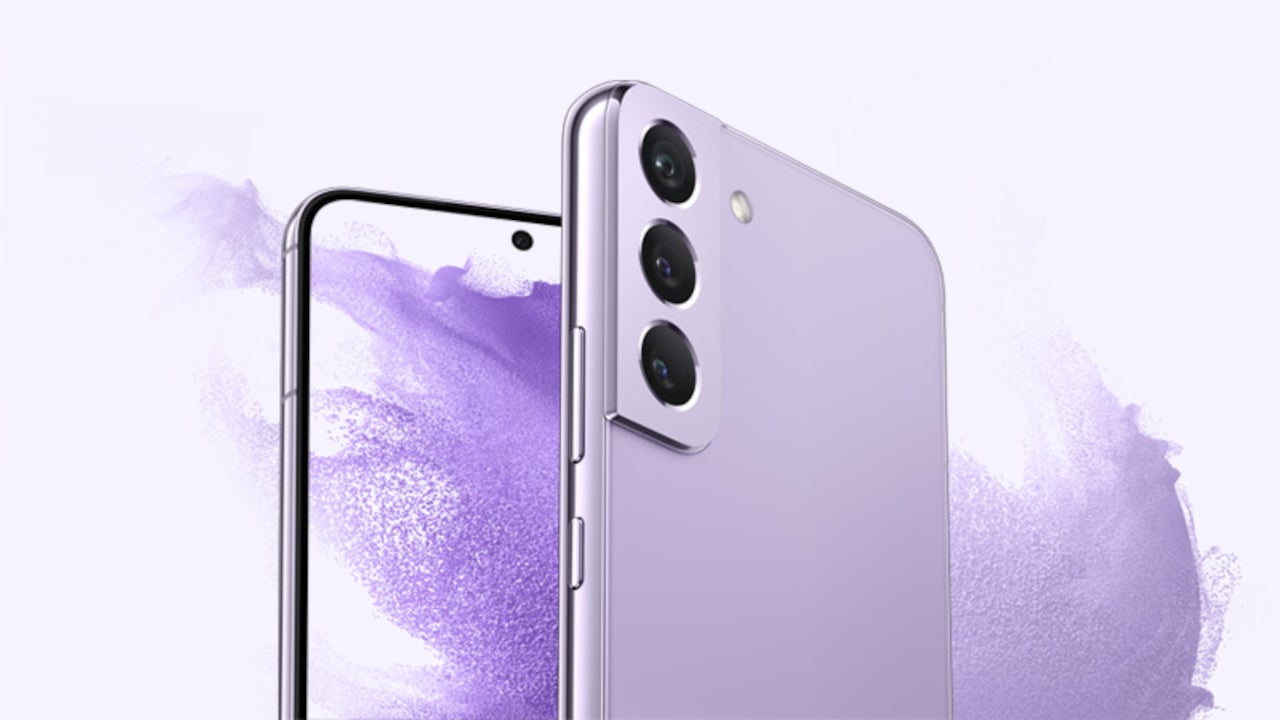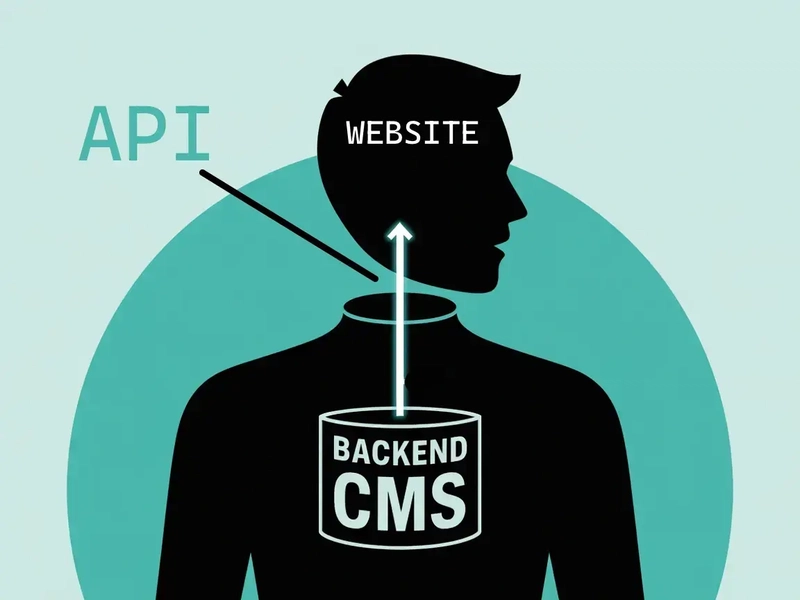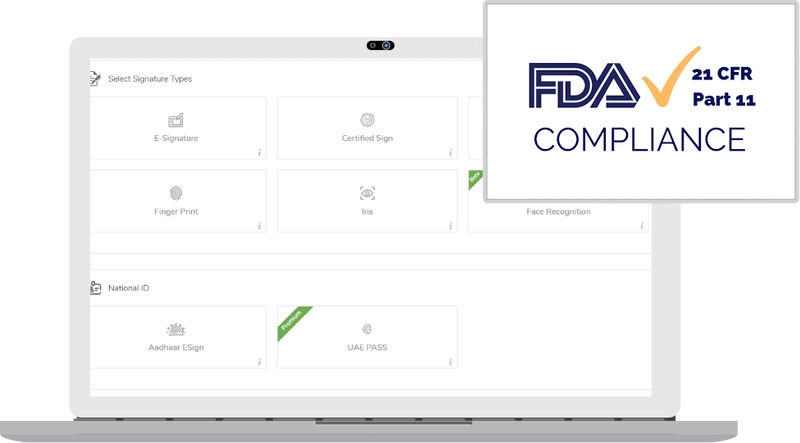Common IT Consulting Mistakes and How to Fix Them in 2025
IT consulting is as much about people and strategy as it is about technology. While demand for IT consultants continues to grow in 2025, so does the expectation for flawless delivery, clear communication, and lasting value. Yet even the most experienced consultants can fall into traps that derail projects or damage client relationships. Here’s a look at the most common IT consulting mistakes—and the smart ways to avoid or fix them. 1. Jumping to Solutions Too Fast The mistake: Many consultants rush to recommend tools or architectures without fully understanding the client’s actual business needs. This leads to mismatched solutions, scope creep, or poor adoption. The fix: Always start with a deep discovery phase. Ask questions that uncover not just the technical pain points, but the underlying business challenges. Listen more than you talk. Craft your solution after clearly defining the problem. ✅ Learn more from real-world case studies on Bridge Group Solutions 2. Overpromising and Underestimating Scope The mistake: In the race to win contracts, consultants often overpromise results or underestimate the time and resources needed—resulting in missed deadlines and disappointed clients. The fix: Be realistic and honest from the beginning. Break projects into phases and include buffers for unknowns. Communicate risks early, and use detailed scopes of work that define boundaries and expectations. ✅ Discover how top IT firms set realistic scopes 3. Ignoring the People Side of Technology The mistake: A technically perfect solution can still fail if users don’t understand or adopt it. Many consultants focus solely on systems and forget that user behavior, training, and change management are equally important. The fix: Involve end users early in the process. Provide training, documentation, and support tailored to their needs. Consider change management as part of the project deliverables—not an afterthought. ✅ Best practices in change management by Prosci 4. Poor Communication and Status Updates The mistake: Consultants often assume that “no news is good news.” But silence breeds confusion or frustration, especially during complex projects. The fix: Set a communication cadence from the start. Share weekly or bi-weekly updates with clear metrics, progress summaries, blockers, and next steps. Use visual dashboards or project trackers to enhance clarity and transparency. ✅ Explore communication tools for IT teams 5. Neglecting Post-Project Follow-Up The mistake: Once the project wraps, many consultants move on and never look back. This misses opportunities for feedback, additional work, or long-term value building. The fix: Schedule post-project reviews to assess performance, gather insights, and identify new opportunities. Offer support retainers or quarterly check-ins to stay connected. Great follow-up is often what turns a one-time client into a long-term partner. ✅ Client retention strategies explained Final Thoughts No IT consultant is perfect—but in 2025, the best ones are those who learn quickly, adapt often, and prioritize outcomes over ego. Avoiding these common mistakes isn’t just about avoiding failure—it’s about building trust, delivering value, and growing your reputation in a competitive market.

IT consulting is as much about people and strategy as it is about technology. While demand for IT consultants continues to grow in 2025, so does the expectation for flawless delivery, clear communication, and lasting value. Yet even the most experienced consultants can fall into traps that derail projects or damage client relationships.
Here’s a look at the most common IT consulting mistakes—and the smart ways to avoid or fix them.
1. Jumping to Solutions Too Fast
The mistake: Many consultants rush to recommend tools or architectures without fully understanding the client’s actual business needs. This leads to mismatched solutions, scope creep, or poor adoption.
The fix: Always start with a deep discovery phase. Ask questions that uncover not just the technical pain points, but the underlying business challenges. Listen more than you talk. Craft your solution after clearly defining the problem.
✅ Learn more from real-world case studies on Bridge Group Solutions
2. Overpromising and Underestimating Scope
The mistake: In the race to win contracts, consultants often overpromise results or underestimate the time and resources needed—resulting in missed deadlines and disappointed clients.
The fix: Be realistic and honest from the beginning. Break projects into phases and include buffers for unknowns. Communicate risks early, and use detailed scopes of work that define boundaries and expectations.
✅ Discover how top IT firms set realistic scopes
3. Ignoring the People Side of Technology
The mistake: A technically perfect solution can still fail if users don’t understand or adopt it. Many consultants focus solely on systems and forget that user behavior, training, and change management are equally important.
The fix: Involve end users early in the process. Provide training, documentation, and support tailored to their needs. Consider change management as part of the project deliverables—not an afterthought.
✅ Best practices in change management by Prosci
4. Poor Communication and Status Updates
The mistake: Consultants often assume that “no news is good news.” But silence breeds confusion or frustration, especially during complex projects.
The fix: Set a communication cadence from the start. Share weekly or bi-weekly updates with clear metrics, progress summaries, blockers, and next steps. Use visual dashboards or project trackers to enhance clarity and transparency.
✅ Explore communication tools for IT teams
5. Neglecting Post-Project Follow-Up
The mistake: Once the project wraps, many consultants move on and never look back. This misses opportunities for feedback, additional work, or long-term value building.
The fix: Schedule post-project reviews to assess performance, gather insights, and identify new opportunities. Offer support retainers or quarterly check-ins to stay connected. Great follow-up is often what turns a one-time client into a long-term partner.
✅ Client retention strategies explained
Final Thoughts
No IT consultant is perfect—but in 2025, the best ones are those who learn quickly, adapt often, and prioritize outcomes over ego. Avoiding these common mistakes isn’t just about avoiding failure—it’s about building trust, delivering value, and growing your reputation in a competitive market.





































































































































































![[The AI Show Episode 145]: OpenAI Releases o3 and o4-mini, AI Is Causing “Quiet Layoffs,” Executive Order on Youth AI Education & GPT-4o’s Controversial Update](https://www.marketingaiinstitute.com/hubfs/ep%20145%20cover.png)












































































































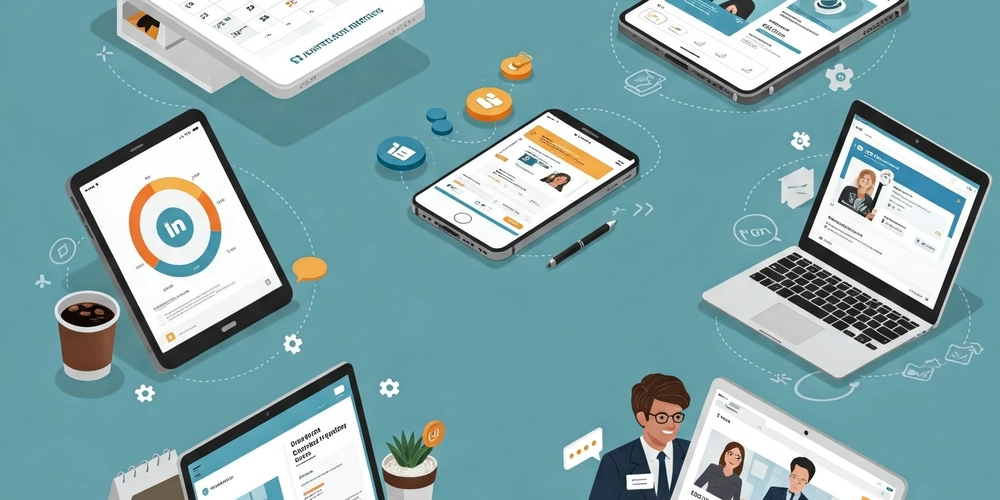


























































































































.jpg?#)



















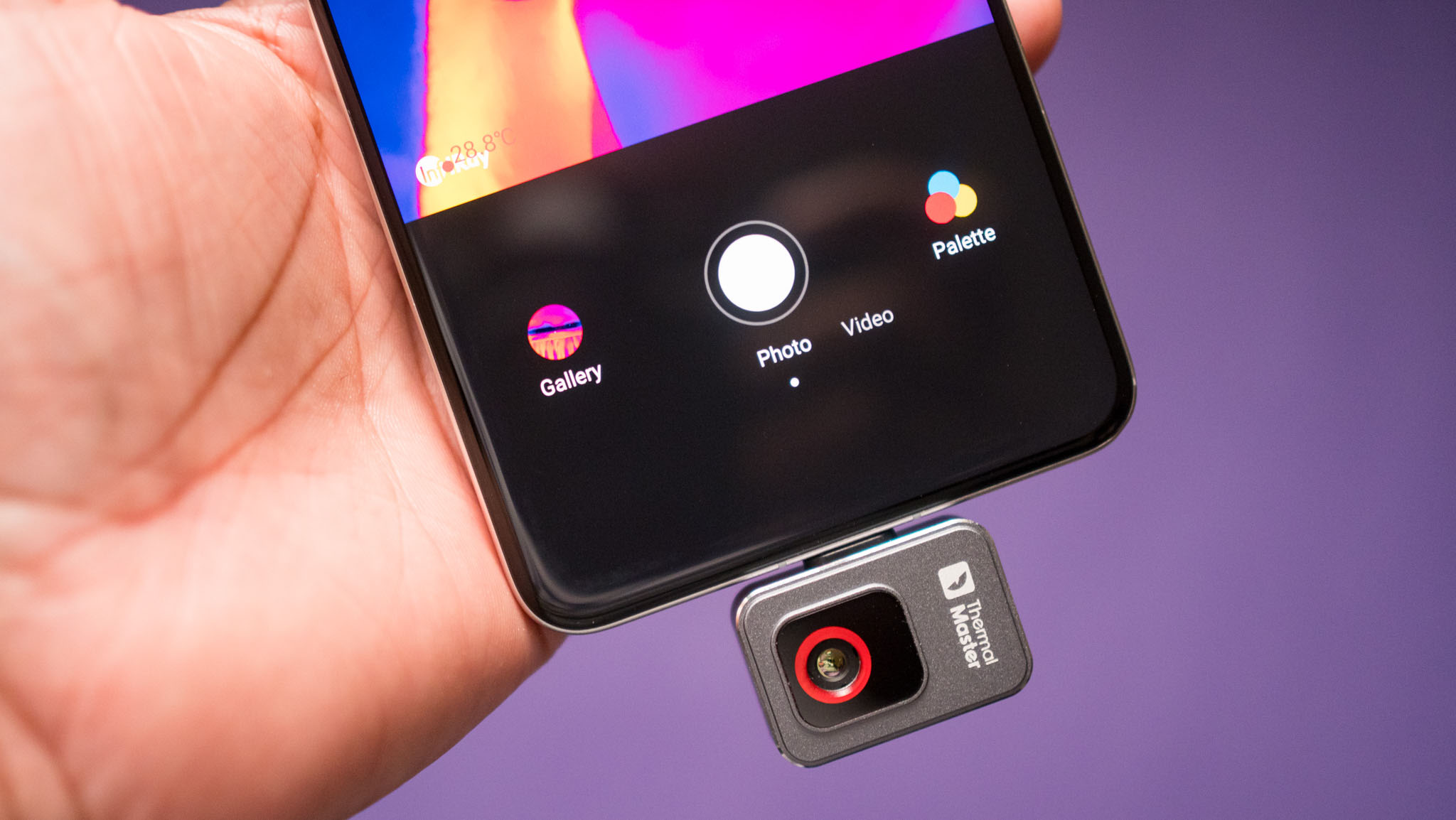











_NicoElNino_Alamy.jpg?width=1280&auto=webp&quality=80&disable=upscale#)






























































































![Craft adds Readwise integration for working with book notes and highlights [50% off]](https://i0.wp.com/9to5mac.com/wp-content/uploads/sites/6/2025/04/craft3.jpg.png?resize=1200%2C628&quality=82&strip=all&ssl=1)











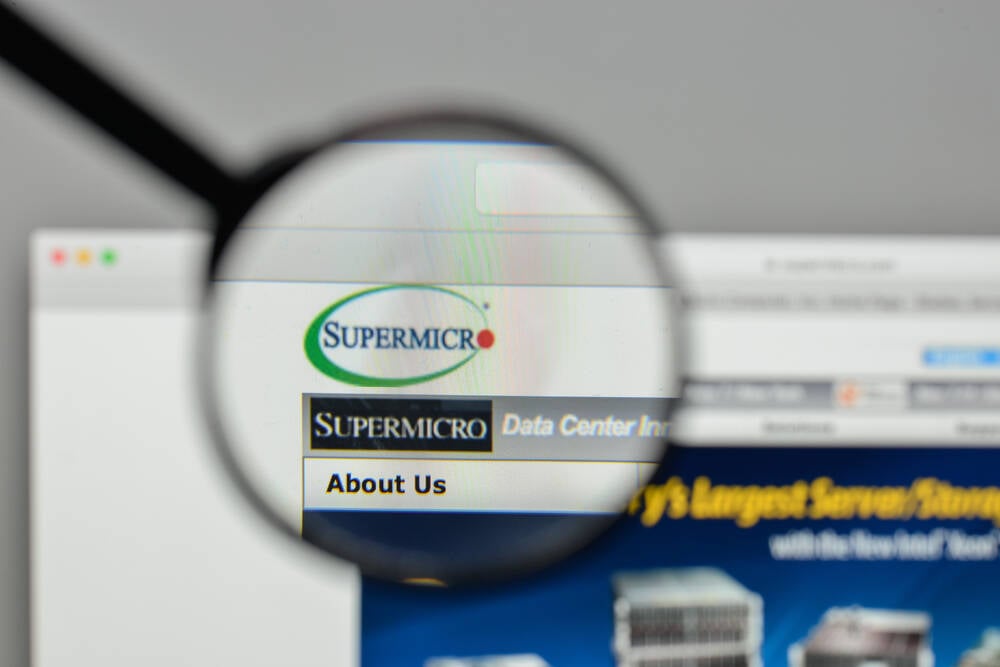



![Apple Restructures Global Affairs and Apple Music Teams [Report]](https://www.iclarified.com/images/news/97162/97162/97162-640.jpg)
![New iPhone Factory Goes Live in India, Another Just Days Away [Report]](https://www.iclarified.com/images/news/97165/97165/97165-640.jpg)

















































